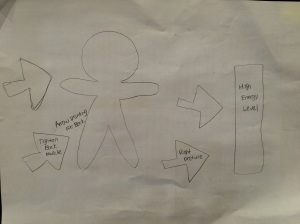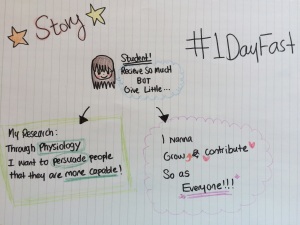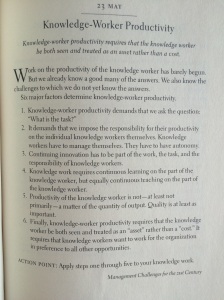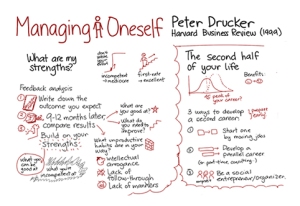IDEO The Healthy Lives Challenge
Objective: Develop a set of solutions that use technology to improve health, in particular among the growing Hispanic population in the U.S.
■Experient 1. McDonal’s Observation
I conducted an experiment to get to know more about the people who use Mcdonald’s. (Near Tokyo, Japan/ 15:00-16:30, June 1st, 2015)
<Result>
Who:
-High School Students (Majority, 60%)
-Pay attention to how they dress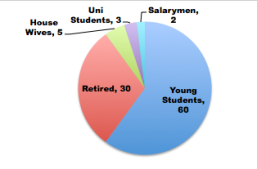
-Yet their style is not united -> lack of “identity”
What & How:
-Talk
-Stay at McDonald’s (uncomfortable place) for a while -> paradox for me!!!
-They constantly check their phone (constant distraction from talking)
-Eat French Fries or Ice Cream, not Hamburgers
-Drink larger beverages
-One group brought drinks from outside although it is not allowed
Why:
-Killing time after school
-Reward after school
-They don’t want to be alone
-They want an activity after school to feel accomplished
-They do not have a purpose from this particular event
-They are waiting for something new that evokes their attention?
-Hungry
-Cheap
Findings:
High School Students spend time at McDonald’s with their friends after school, because they feel accomplished afterwards than going back home straight.
They in fact are seeking Significance, Connection, Uncertainty (Novelty&Variety) and Growth.
-Sense of Accomplishment by spending time at McDonald’s
High School students mostly spend most of their time at school doing passive learning. Their task at school seems too hard for them to accomplish, thus they do not challenge themselves. Feeling like they have wasted most of their time at school doing what the society thinks is good, they want to treat themselves with a cheap reward that has a potential of becoming something greater than who they currently are. To make it clearer, here is the process of how one creates a habit of going to McDonald’s after school.
- Stress from school makes them get a quick reward (=McDonald’s).
- They talk, eat and drink.
- By rewarding oneself with the least amount of money, they feel accomplished than going back home straight.
-Insights: Their actual need
Significance
The fact that they are fashionable but they have not established their own style suggests that they are seeking their own identity. And by creating that they want to feel significant.
Connection
Their parents are both outside working. Spending time with friends let them feel connected.
Uncertainty (Novelty&Variety)
The fact that they actively browse on their phones suggests that they do not have a clear purpose of coming to McDonald’s. They do not even focus on the conversation with their friends. They are seeking something new that can excite them.
Growth
Despite the fact that there are various ways to improve oneself at school (In fact it IS the purpose of school), by having challenges that seem too difficult or boring one stops trying. Yet they want to grow and they do not want to finish their day just by physically being at school. They have a strong desire for feeling that they have become something greater at the end of the day.
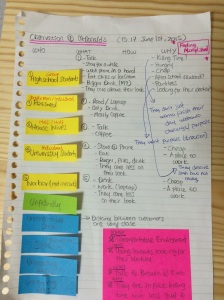

<Comment>
Although this observation was done near Tokyo in Japan, and does not include any latinos as subjects, I believe that it can reveal something about the insight of young students’ unhealthy habit. I am willing to understand deeper and aim to create something effective to design solution to this problem.





